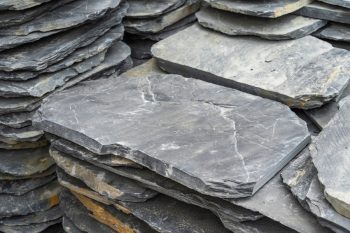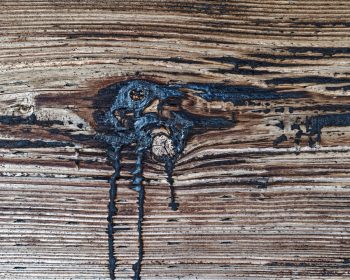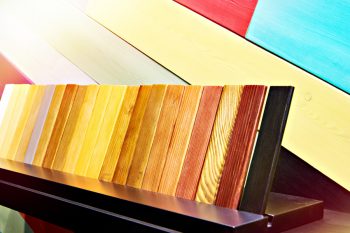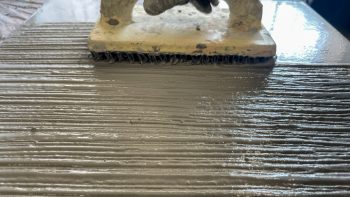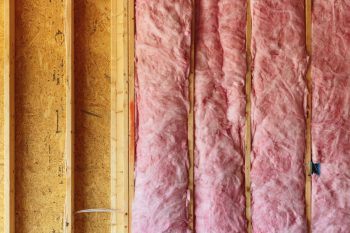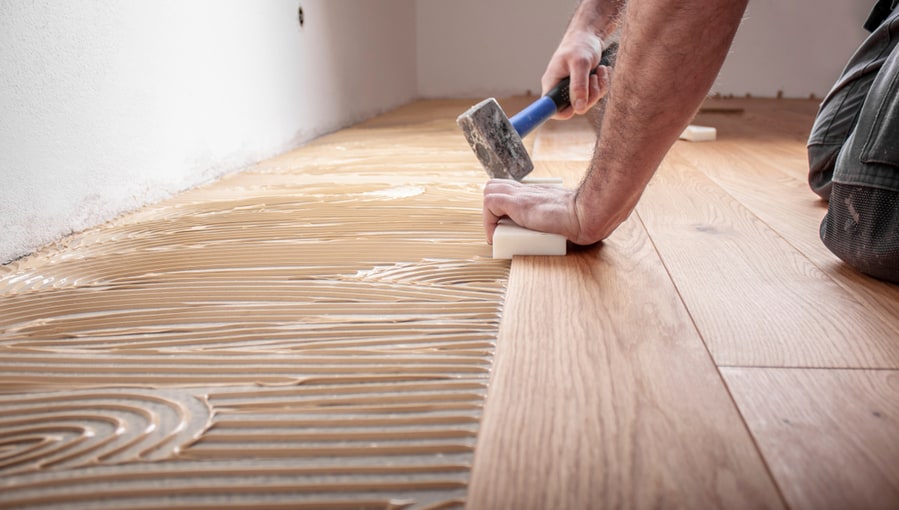
The unique geometric style of parquet flooring is a good look on any home. However, it is vulnerable to damage and stains in its unfinished state, so you need to seal it properly.
To seal a parquet floor:
- First, use an orbital sander to sand and make it even.
- Next, vacuum the floor and mop it before applying a primer on the surface.
- Sand the primer lightly, and clean the floor again.
- Finally, apply at least two coats of water or oil-based sealant over the floor.
Sealing a parquet floor can be tricky for beginners. That’s why we have written a complete guide to help you with a straightforward process.
Sealing a Parquet Floor
Parquet flooring consists of small wood slats arranged in distinct and repetitive patterns. Traditionally, these floors were put one piece at a time, whereas the modern ones are available as tiles, with the wood slats attached to a backing substance.
Regarding comfort, parquet floors are softer and warmer than alternatives like ceramic or stone. Due to its tight-fitting construction, it is very durable, has all the longevity of wooden flooring, and is ideal for rooms with heavy traffic and moving furniture.
Installing parquet tile flooring involves attaching the tiles to the subfloor with glue, nails, or staples, creating attractive designs. However, you must seal them correctly to ensure they are long lasting and don’t stain.
1. Preparing Floor for Sanding

Firstly, remove all furniture, carpets, etc., from the floor and use an orbital sander or corner grinder to sand the floor from every nook and cranny. This will ensure the surface is complete before you get to the sealing part.
2. Cleaning the Parquet Floor
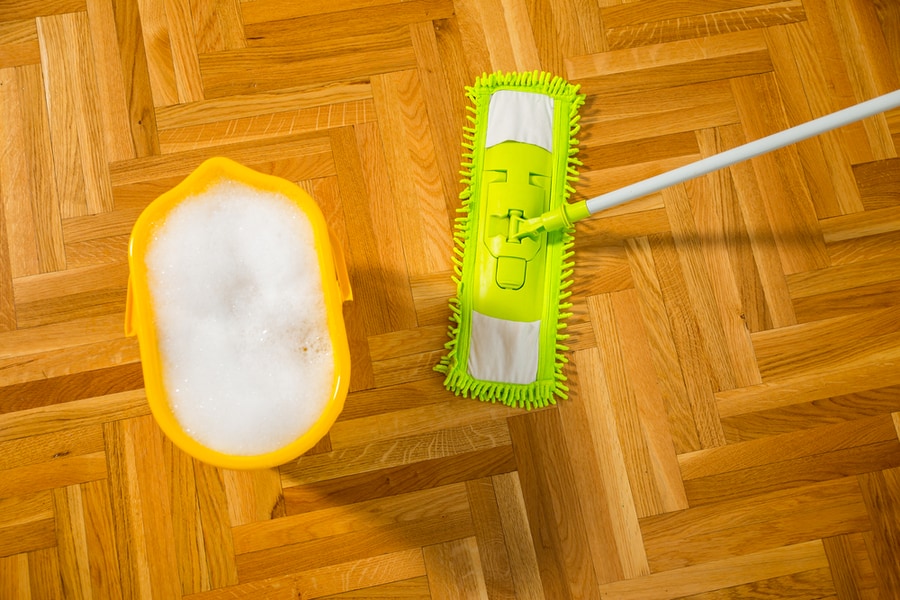
Once you are done with sanding, vacuum the floor to remove the debris, and then use a damp mop to wipe everything clean. Now, thoroughly check the floor to see if the surface is uniform, and let it dry.
Turn off any heating and ensure the room temperature is between 12 to 25-degree celsius before proceeding to the next step.
3. Applying Primer

To enhance the sealant’s performance, apply a hard-bottom primer onto the floor and gently sand it. Remove the wood dust with a vacuum cleaner and use a damp mop or cloth to wipe down the whole floor.
4. Sealing the Parquet Floor
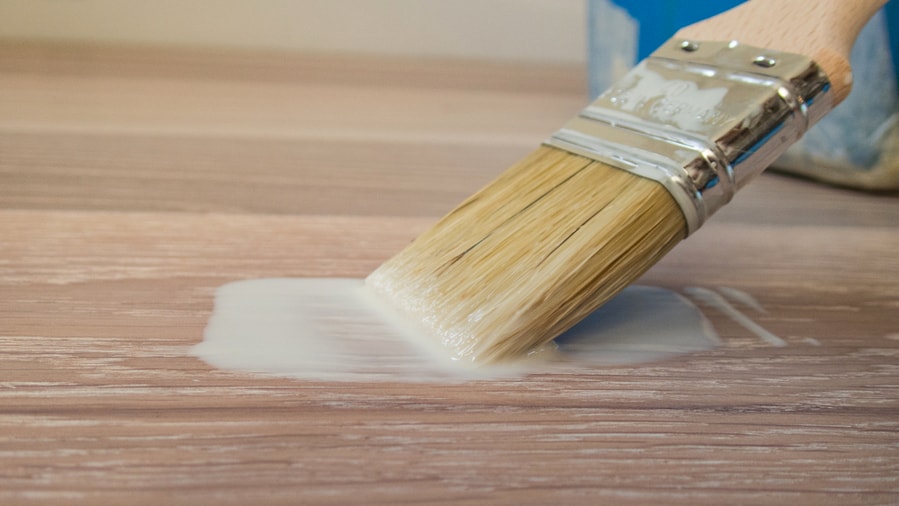
After the floor has dried, start sealing the parquet floor by using a water-based or oil-based sealant. Start by pouring it into a tray, and use a brush to apply an even sealant layer over the entire parquet floor.
Take care not to miss any spot, and layer the floor properly. Wait for 24 hours to let the first coat of the sealant dry before applying a second layer. Don’t move furniture on the floor for the first few days or let people roam over it.
If you can see bubbles forming on the floor, you did not let the floor dry completely before applying the sealant.
Takeaway
To wrap it up, we have discussed how to seal a parquet floor. Moreover, we have also briefly discussed the different benefits of parquet flooring and how they have evolved over the years.
Hopefully, you have gotten all the information you need in this article and won’t have to spend more time researching sealing parquet floors.
Frequently Asked Questions
Can Parquet Floors Be Mopped?
Yes, you can mop parquet flooring. However, keeping water usage to a minimum is crucial, as a sopping wet mop can easily damage the parquet floor.
Is Vinegar Good for Parquet Flooring?
Vinegar use on parquet flooring is no good, as it is an acid and can damage the finish on your floor’s surface, reducing its shine and leaving a dull appearance over time.
Why Is My Parquet Floor Lifting?
If you’ve left water sitting on your parquet floor for too long or if an excessive amount of moisture is in the atmosphere, it can cause the board to lift or buck.
How Do I Make My Parquet Shiny?
If you want your parquet floor to look shiny, mix 20 drops of lemon juice with 100 ml of olive oil and use it as a cleaner. The lemon will help remove grease and dirt, whereas the olive oil will polish the parquet, making it shiny.
Should There Be Gaps in Parquet Flooring?
Parquet flooring needs an expansion gap to accommodate the wood’s normal expansion and contraction due to environmental changes.

